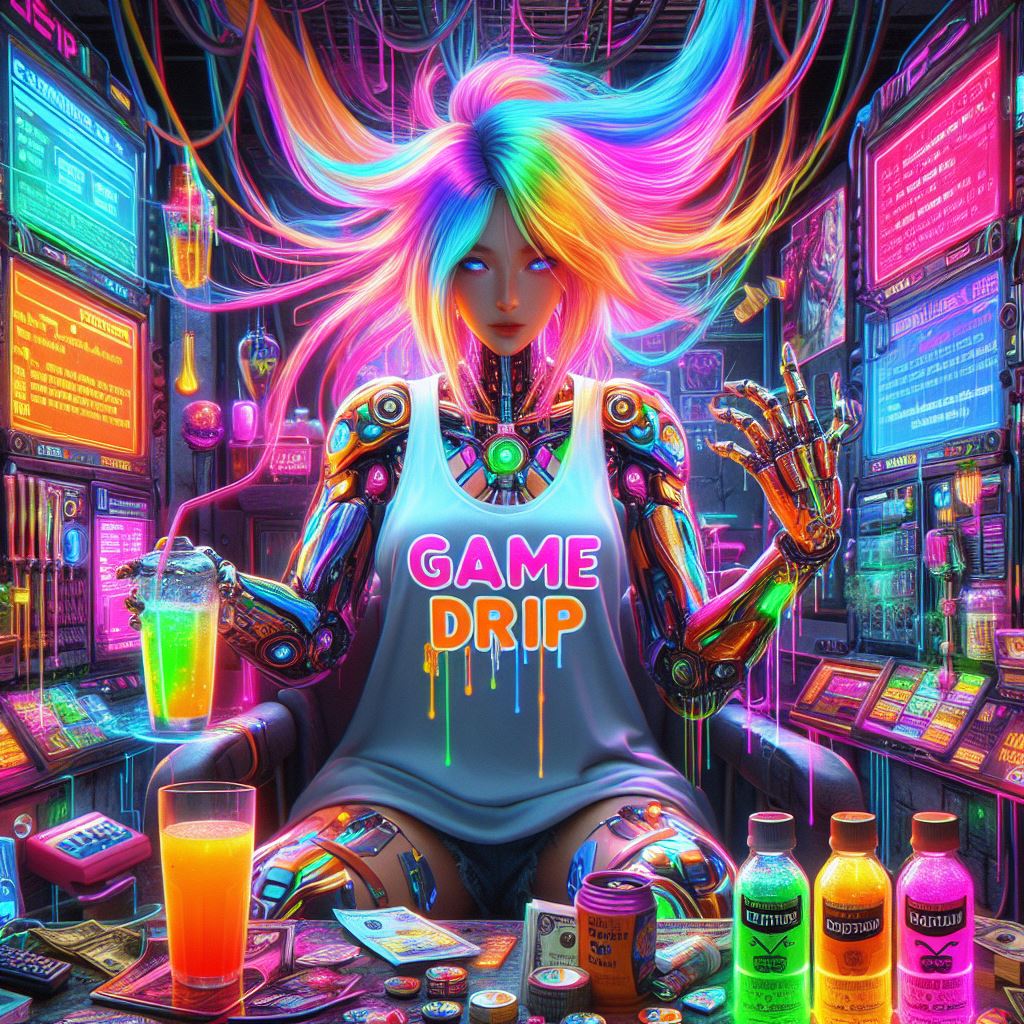As featured on Minecraft Servers Listing
#TIMETOPLAYSURVIVAL #POLITICS #GTA #Minecraft #server

The server has 3 unique modes:
⭐POLITICAL is a unique mode in which you can found YOUR city and recruit people there!
✅ City upgrades are very diverse. The city’s buildings are divided into 6 branches: Civil, Economic, Military, Technological, State and Production. Each branch has a wide variety of buildings (they need to be built and improved using resources and game coins), which will give your city and your residents different bonuses and advantages.
✅In addition to upgrading buildings, the city needs to upgrade Centuries of Development in order to gain access to new crafts and technologies. So, for example, in the last “Atomic” century, residents of your city will have access to crafting firearms!
✅Also, each city needs to choose its own religion and form of government. They are all different and give different bonuses. Be careful – some religions and forms of government cannot be changed!

I would like to note that there is quite a lot of PVP content on the server:
⚔In automatic mode, tournaments are held every day for city residents. There are 2 types:
PVP tournaments (There are 3 types: daily, weekly and mystical). To participate, the Mayor of your city must submit an application for participation at the start of the tournament in the chat, after which city residents will be able to sign up for it). What is this tournament? Residents of eight cities will fight against each other in the same arena. Each resident will have two lives; if you die, you will immediately appear in the same arena and will be able to continue fighting until you run out of lives. City residents who kill everyone else will receive various rewards.
SPLEEF tournaments – well, everything is simple here, city residents will play a game that is familiar to everyone. And again, the city residents who are the last to remain will receive various rewards.
⚔There is a PVP location “Outpost”, in which various chests with resources constantly spawn at a certain time, BOSSES spawn (for killing them you get their hearts. Whoever collects the most hearts in a month will receive good bonuses).

⚔There are duels – by writing the command /pvp, you will queue up for a duel. When someone else writes this command, you will be teleported to a random place in the world. IMPORTANT, you will not be able to write this command if you are not wearing diamond or netherite armor.
⚔And of course, city wars and raids on them.
❤️ Friends – believe me, this is only a SMALL part of everything that is in this mode. Come in to view all the delights of our server!
⭐GTA RolePlay – This is a game in real life. Here you can get sick if you walk in the rain without an umbrella, break your leg if you fall from a great height, or get poisoned if you eat something expired. You will need to earn a living, buy a phone, an apartment, a car, clothes, get an education and then join one of 6 factions: Army, Police, City Hall, Media, Hospital, Mafia. In each faction, you will need to complete various tasks to improve your position and increase your salary. Everything is built on the interaction of players through RolePlay (if you don’t know what this is, don’t worry, faction leaders and their assistants will definitely teach you!). Also, all stores on the server are businesses that you can buy and receive income from sales!
Be careful – PvP is enabled throughout the city (available from level 3), but this does not mean that you can just kill civilians!
Everyone often asks: where to start playing?
– It’s very simple, start with quests! After completing them, you will get acquainted with the server, learn the things you need and be able to comfortably continue playing on the server!
✨Vanilla survival is a unique mode where you can earn DONAT currency yourself – DINAR!
For dinars you can buy various items, improvements, protection from pvp, cosmetics, runes, change the color of your nickname, buy DONAT cases and even pay extra for your DONAT.
Well, briefly about the most important thing:
✅ No griefing, your building will not be broken
✅ No creativity – no donation trash
✅ Duels 1vs1 and clan wars 2vs2,3vs3,4vs4,8vs8 and 10vs10
✅ Magic runes that give bonuses to characteristics
✅ Battle pass with unique tasks and rewards!
✅ System of punishments for leaving PvP; whoever leaves the game dies!
✅ A large number of works
✅ Unique warp system for players!
SURV6.TTP.SU












![Championed Survival SMP – Social Community [1.21.4] – 18+](https://game-drip.com/wp-content/uploads/2024/04/gamedrip-news-trending-8514.jpg)







